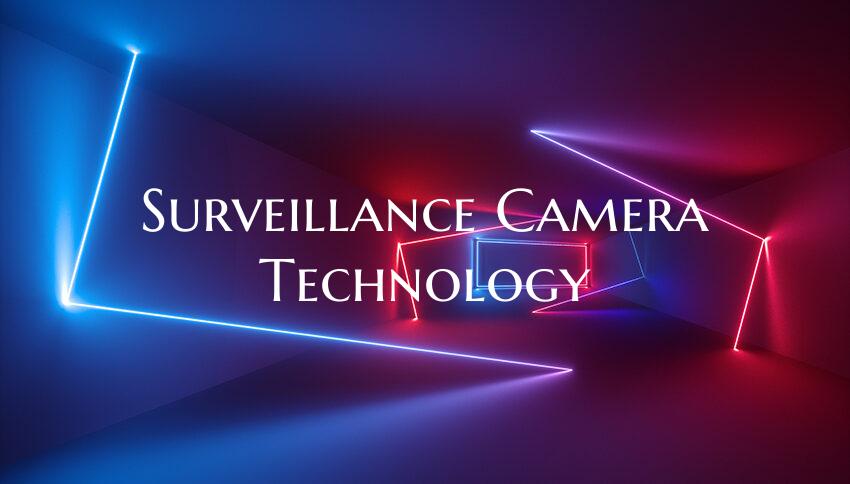Surveillance Camera Technology
In the evolving landscape of security and surveillance, the role of surveillance camera technology has become increasingly prominent. From basic closed-circuit television (CCTV) systems to advanced networked cameras with intelligent analytics, the capabilities of surveillance cameras have drastically transformed over the years.
One of the key advancements in surveillance camera technology is the shift towards high-definition and ultra-high-definition cameras. These cameras offer superior image quality, enabling operators to capture detailed footage that can aid in identifying individuals or incidents more effectively. Additionally, the integration of infrared and night vision technology has extended surveillance capabilities to low-light and nighttime environments, ensuring round-the-clock monitoring and protection.
Moreover, the adoption of artificial intelligence (AI) and machine learning algorithms has revolutionized surveillance camera capabilities. AI-powered cameras can analyze video feeds in real-time, detecting anomalies, recognizing faces, and even predicting potential security threats. This proactive approach to surveillance not only enhances overall security but also enables quicker response times to unfolding situations.
Furthermore, the proliferation of networked surveillance cameras has enabled remote access and monitoring from virtually anywhere in the world. Cloud-based storage solutions allow for convenient and secure access to recorded footage, enhancing the flexibility and scalability of surveillance systems. Mobile applications also provide users with the ability to view live feeds and receive real-time alerts, empowering them to stay connected to their security infrastructure at all times.
While the advancements in surveillance camera technology offer numerous benefits in terms of security and monitoring, they also raise important ethical and privacy concerns. The widespread deployment of cameras in public spaces and private premises has led to debates regarding surveillance overreach and the potential misuse of data. Striking a balance between security needs and individual privacy rights remains a challenge in the age of sophisticated surveillance technology.
In conclusion, surveillance camera technology continues to evolve, providing enhanced capabilities for security and monitoring applications. From improved image quality and intelligent analytics to remote access and real-time alerts, modern surveillance cameras offer a comprehensive solution for safeguarding spaces and assets. However, it is essential for stakeholders to navigate the ethical considerations surrounding surveillance technology to ensure responsible and transparent use in an increasingly interconnected world.

